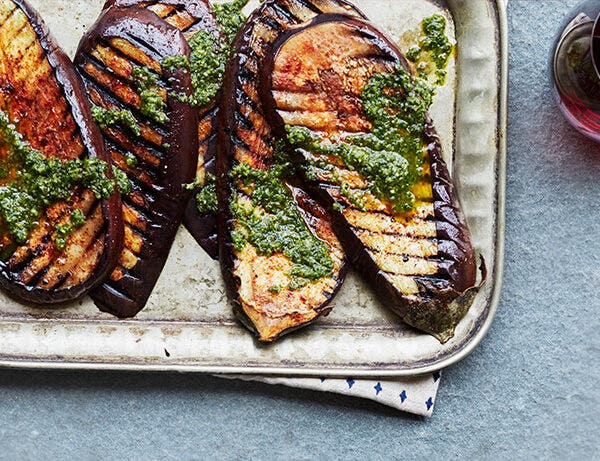What is Dolcetto
Dolcetto is a red wine grape best known in the Piedmont region in Italy, with smaller plantings elsewhere. The Dolcetto grape ripens early and produces wines with profoundly deep color and light acidity. Its name means “little sweet one” in Italian, but this is something of a misnomer, as most Dolcetto wines are bone dry and moderately tannic. Common synonyms of Dolcetto include Nera Dolce and Ormeasco.
Its pronounced tannins can be mitigated somewhat by a shorter fermentation time, though they remain a significant characteristic of Dolcetto wine. The name may derive from the wine’s low acidity, when compared with fellow Piedmont grape Barbera the Dolcetto may taste sweet.
Dolcetto wine is rich, round, soft and fruity. It nearly always has a deep ruby and purple color and intriguing aromatics of blackberry, plum and spice. On the palate, Dolcetto has distinctive flavors of licorice, blackberry and almond.
Its spiritual home is Piedmont, but Dolcetto is considered the lowest in a tier of three local red grapes. Many Piedmont producers grow Dolcetto in addition to the more celebrated varieties: Barbera and Nebbiolo. The latter is the grape responsible for Barolo and Barbaresco, two of Italy’s finest wines.
While Dolcetto does not match the prestige of either Barbera or Nebbiolo, it presents numerous benefits to the grower. The grape ripens sooner, is relatively easier to cultivate and by producing Dolcetto, the producer has a product that can be brought to market considerably sooner than wines made from Barbera or Nebbiolo. This early opportunity to sell offers financial security to support winery operations during the long ageing periods required for traditional Barbera or Nebbiolo. Additionally, thanks to their typically accessible price tags, it also offers consumers the opportunity to drink wines from the Piemonte region without breaking the bank.
Dolcetto is also relatively hardy and will ripen on lesser vineyard sites where Barbera and Nebbiolo would struggle. It is susceptible to fungal disease in the vineyard, but otherwise cultivating Dolcetto is a relatively easy prospect for the winegrower. Things get a little trickier in the winery, as steps need to be taken to address the grape’s naturally high tannin.
Dolcetto is grown almost exclusively in Piedmont and covers a few distinct Denominazione di Origine Controllata e Garantita (DOCG) and Denominazione di Origine Controllata (DOC) designations. Dolcetto d’Alba and Dolcetto d’Asti produce some of the best quality expressions of the grape, while Dolcetto di Dogliani (or just Dogliani or Dogliani Superiore) produces more age-worthy and complex examples. Outside of Piedmont, Dolcetto is also cultivated in the USA, Australia and New Zealand.
Searching for the top-rated Dolcetto wines has never been easier, using the online Buying Guide provided by Wine Enthusiast Magazine. Our expert tasters offer insights into the best, most popular bottles to help you pick the best option for your next dinner or date night.
Dolcetto grapes are found in red, and rose wines.









